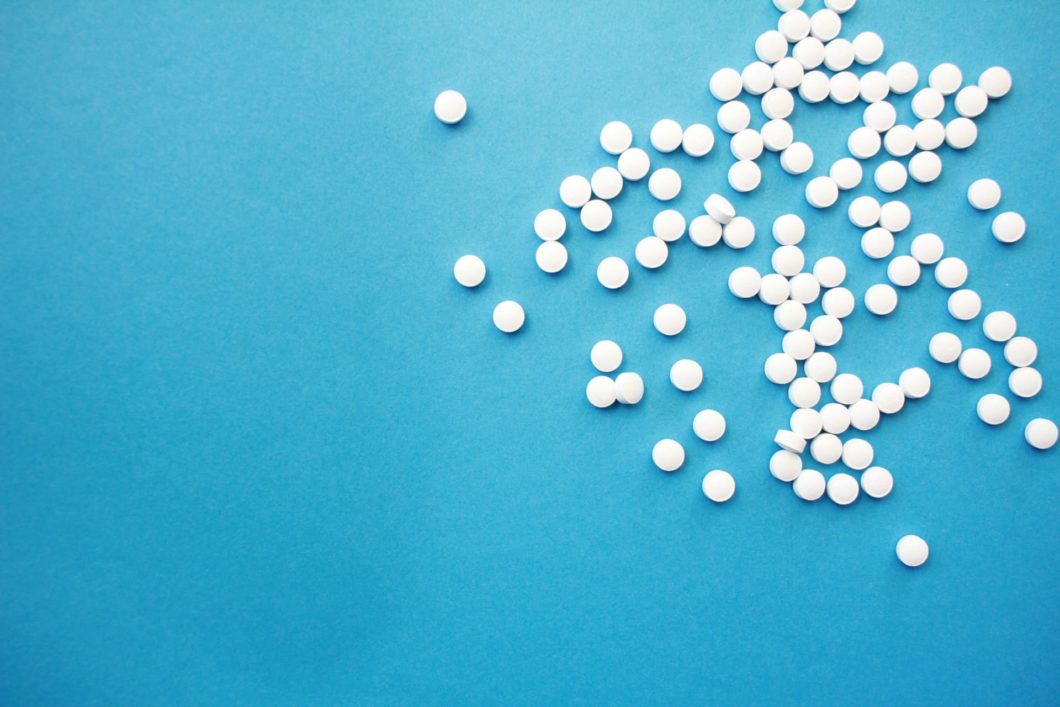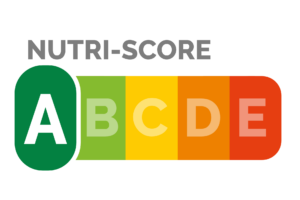Advantame – guide to artificial sweeteners
Product development • Advantame is the latest artificial sweetener; it was approved in 2014 for use within the EU. It is similar to aspartame in taste and properties – though sweeter and better in many ways. Still, advantame has not yet had its big breakthrough.
In this instalment of the guide to artificial sweeteners, we will focus on the newest member of the family of artificial sweeteners. Simplified, it can be described as a better version of aspartame. No calories. No GI. No adverse health effects. No off-flavours. But stable and 20,000 times sweeter than sugar. May we present advantame.
Newcomer
Advantame is a junior among the artificial sweeteners.
It is the result of a research project that a Japanese food and biotech company undertook to find a high-intensity sweetener with a taste reminiscent of sugar. It took some time, but in 2008 they could present their innovation. After that, it went fast.
Already 2014 it had undergone the rigorous control that all new ingredients must undergo to be allowed in the EU. As an insignia for its safety, it received the e-number E 969.

How advantame is made
Advantame is produced in several steps from aspartame and vanillin. The cost is said to be one-hundredth of that for sugar.

First to be produced is vanillin, which gives vanilla its characteristic taste and aroma. It can of course be extracted from vanilla, but in practice, it is made synthetically from lignin or guaiacol, both of which are extracted from wood.
The production of advantame begins with several steps that convert vanillin into hexamethylphosphoramide (HMPA).
In parallel, aspartame is prepared. This is done by letting the bacteria Brevibacterium flavum and Corynebacterium glutamicum form amino acids in a fermentation process. These amino acids are then synthesised into aspartame. See the description in the article on aspartame.
Now it’s time for the great transformation scene. In the presence of metal, an alkyl (a hydrocarbon compound) is transferred from HMPA to aspartame which then becomes advantame. This is called alkylation.
The metal, which is often platinum or palladium, acts as a landing site where an aspartame molecule and an HMPA molecule can settle to do the transfer of the alkyl. None of the metal is included; it’s just a catalyst.
During the final step, HMPA and advantame are dissolved in methanol. Therefore, the solution needs to be crystallised, and the raw crystals washed. The product is recrystallised, and the crystals are separated, rinsed and dried.
How advantame can be used
Advantame is mainly used to replace sugar and other bulk sweeteners. Tests show advantame can replace up to 40 per cent of sugar without any effect on taste.
Advantame may be used in a variety of products.
Safer than aspartame
Advantame is made from aspartame. Does this mean that advantame has the same health issues as aspartame?
In the body, aspartame is broken down into, among other things, phenylalanine. For most people, this in its turn is broken down to tyrosine. However, for persons with the congenital disease phenylketonuria, phenylalanine is not broken down but concentrated in the blood. Eventually, that leads to brain damage.
So, does advantame have the same issue? No. Phenylalanine is not formed when advantame is broken down. So what happens in the body?
What happens in the body?
On its way through the gastrointestinal tract, advantame undergoes hydrolysis and becomes a carboxylic acid and methanol. Formic acid, acetic acid and butyric acid are examples of other carboxylic acids. The one formed during hydrolysis of advantame is called ANS9801-acid.
The body cannot absorb either advantame or the acid it forms. Everything comes out the natural way. Between 87 and 93 per cent via faeces and the rest via urine.
The methanol that is formed is considered harmless due to its small amount.

Safety of advantame
So, is advantame safe?
The short answer is yes. Advantame has been extensively tested on everything from mice to humans without any adverse effects in either the short or long term.
But for safety’s sake, the European Food Safety Authority (EFSA) has set 5 milligrams per kilogram of body weight and day as an acceptable daily intake (ADI). It is far below the doses of over 7,000 milligrams with which advantame has been tested.
It may see meagre with 5 mg/kg body weight and day. But the fact is that even large consumers of sweetened products can never get more than a few micrograms per kilogram of body weight and day. So the limit is abundant.
Advantages of advantame
With the risk of sounding like an advertising brochure for advantame (which definitely isn’t our intention), many of the benefits of the sweetener are listed below:
- 20,000 times sweeter than sugar and 100 times sweeter than aspartame.
- Has no off-flavour or undesirable aftertaste.
- Taste profile very similar to aspartame.
- Is more stable than aspartame when heated and at higher pH-values.
- Is completely stable in dry form.
- Gives no energy (adds 0 calories)
- Does not affect the blood sugar level (GI = 0)
- Cheap to manufacture
- No health problems
Disadvantages of advantame
It’s hard to find any negative to say about advantame – except it is artificial. There is only one thing you really should take into consideration:
- It takes a second before the taste buds register advantame, which means that you have to use another sweetener as a buffer.
Summary
Advantame is the result of a persistent search for a sugar-like high-intensity sweetener – far from chemists who lick their fingers and accidentally discover sweeteners, which history is otherwise full of.
Advantame is formed from aspartame and vanillin, which in turn are chemically produced ingredients. It is undeniably a high-intensity sweetener; it is 20,000 times sweeter than sugar. By comparison, aspartame is 100 times sweeter than sugar. Advantame is at least as stable as aspartame, and more stable during heating. It also has a longer sweet aftertaste.
Advantame is not dangerous for humans according to the studies that have been done. It can be used in a large number of foods to replace sugar and high-calorie sweeteners.

But…
Advantame is an artificial sweetener produced through a long chain of chemical processes with intermediates and by-products with names that can scare the most hardened advocate of artificial sweeteners.
Therefore, advantame, despite all its benefits, may not be the right sweetener for food producers who want to appeal to increasingly sceptical consumers. Then it may be wiser to choose a high-intensity sweetener of natural origin – for example, steviol glycosides.
Steviol glycosides (E 960) are sweet substances found in the plant stevia grown in subtropical regions. Steviol glycosides are extracted in a way that is reminiscent of how sugar is extracted from sugar beets, and the result is called stevia extract.
One problem that steviol glycosides share with advantame and other high-intensity sweeteners is the void left by the sugar it replaces. Sweetened fibres solve that problem.
Sweetened fibres are, as the name implies, dietary fibres that are sweetened with high-intensity sweetener. In our sweetened fibres, EUREBA®, we use steviol glycosides.
Take a look at our range of services or contact us if you want to know more about how we can help you.
Please, share this article if you liked it.
[et_social_share]










